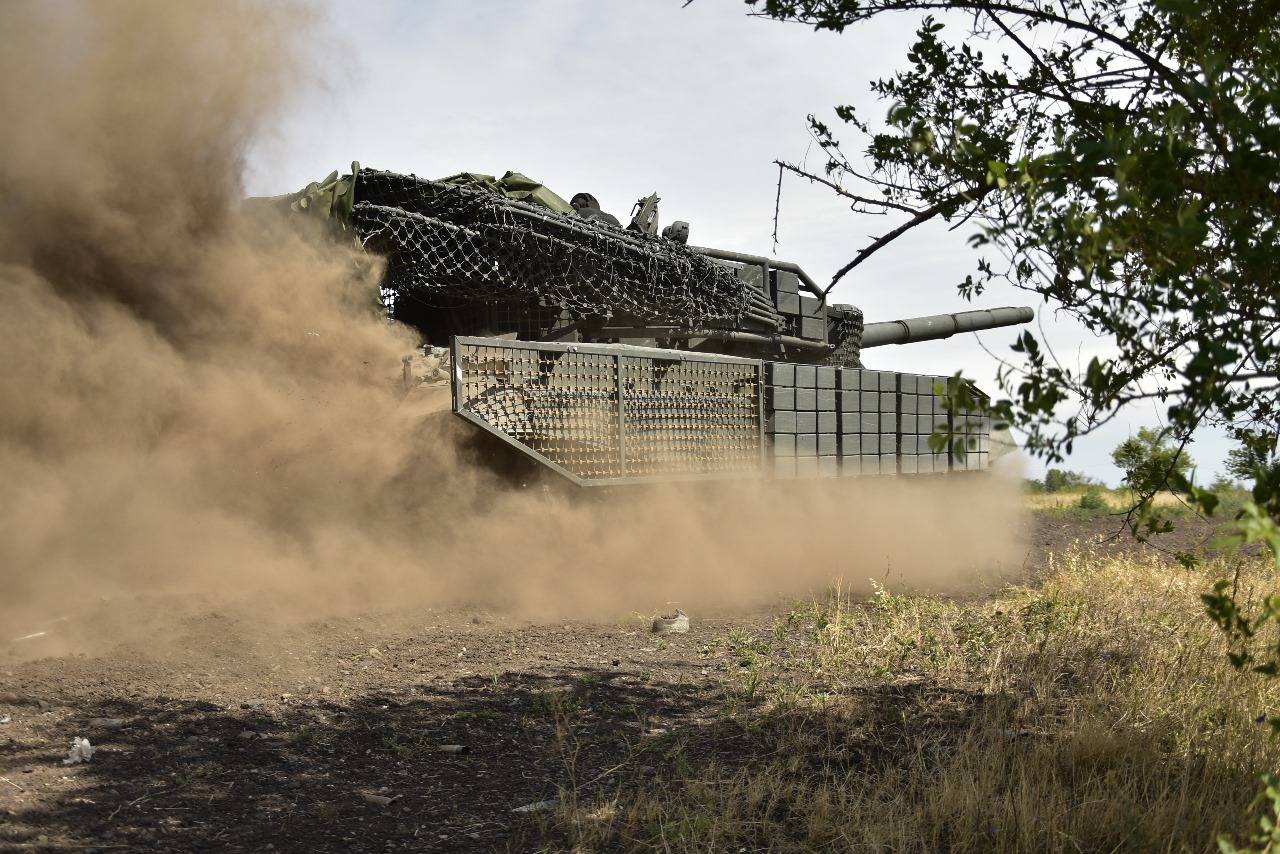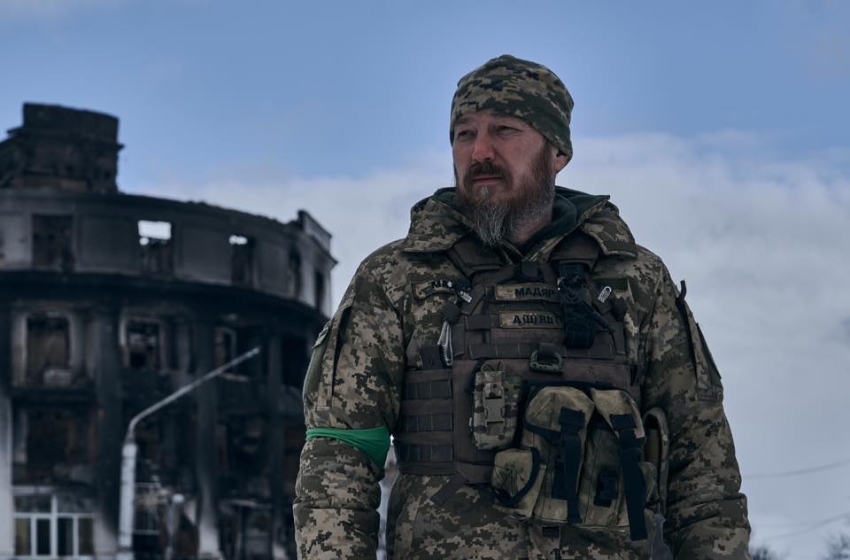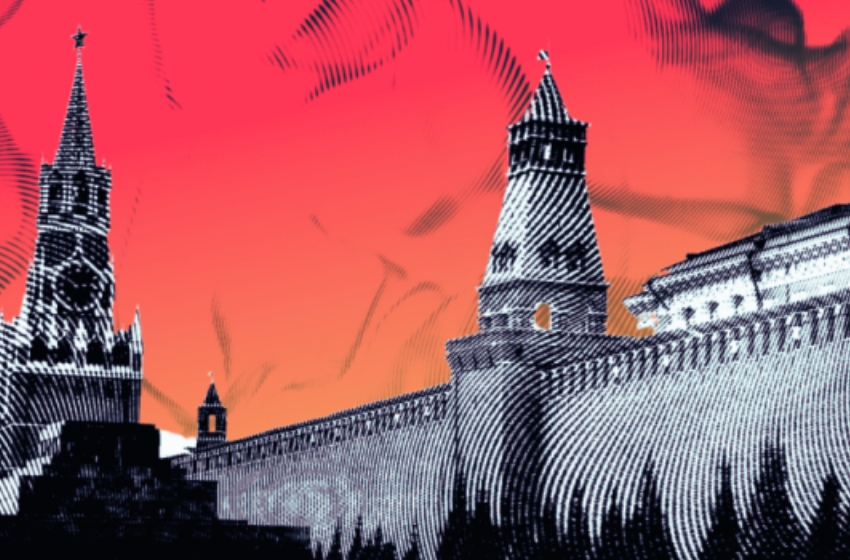Battleship Potemkin, the most famous film of Sergey Eisenstein, was commissioned in 1925 to mark the 20th anniversary of the 1905’s revolution. For its time, it was a very violent film, with mass shootings and close-ups of bloodstained faces.
The plot is divided into five acts. In the first act, “Men and Maggots,†sailors find maggot-infested meat for their meal, demonstrating the mistreatment by their officers. The second, “Drama on the Quarterdeck,†presents the actual mutiny and the ship’s arrival in Odessa. The third, “Appeal from the Dead†establishes the solidarity of the citizens of Odessa with the mutineers, at the funeral to their leader killed during the mutiny.
The fourth one, “The Odessa Stepsâ€, which depicts the massacre of the citizens, is the most famous sequence of its kind in cinema’s history. A young mother is shot and slowly falls, nudging the pram with her baby, which then tumbles down the Potemkin Steps past various scenes of carnage. This sequence was reproduced in other films, like The Untouchables (1987) of Brian De Palma. In the fifth final act, “Meeting the Squadron,†the Potemkin sails towards the punitive Tsarist fleet and is allowed to pass gloriously through the convoy unharmed, in a show of revolutionary brotherhood with other warships’ sailors.
Battleship Potemkin, exported in early 1926, made Eisenstein famous in the world. It was appreciated not only by the cinema environment, like Charlie Chaplin, Luis Buñuel and Roger Corman, but also by politicians, such as Joseph Goebbels. But the film was also considered an incendiary artwork. At various times it was banned in the US, France, Germany and in the UK. Ironically, the film was also banned by Joseph Stalin over fears it might incite a riot against his leadership.
Unfortunately, Eisenstein's version of events is historically full of lies.
Starting from its most famous sequence: the massacre on the Potemkin Steps. The scene is one of the most brutal representations of political violence ever. A faceless phalanx of Tsarist soldiers methodically advances down the steps, shooting everyone in their path, as mounted Cossacks wield their sabres without mercy at the bottom of the stairs.
Historically, there was no shooting on the steps. Historians confirmed that there was indeed a general strike in Odessa, caused by shortage of food. But they questioned the slaughter claim. Tsarist troops did suppress the unrest using brute force, but not on the majestic Potemkin Steps, instead elsewhere. And there are no reports on the number of people killed.
Even the meat infested by maggots is questionable. Maybe, uprising was sparked by a protest over food, but it was anything but accidental. Morale in Russia’s Black Sea fleet had long been at rock-bottom lows, spurred on by defeats in the Russo-Japanese War and widespread civil unrest on the Russian Empire. Many navy ships were teeming with revolutionary sentiment toward the aristocratic officer class. In fact, the Potemkin uprising had been premature, the planned revolt was not supposed to unfold for another week.
Sure enough, the happy end of the film, a general uprising among the fleet sent by the Tsar to destroy the rebel battleship, is false. Actually, only the crew of the battleship Georgiy Pobedonosets (St. George the Victorious) overran their officers and cast their lot with the mutineers. The Potemkin and its new rebellious companion steamed back to Odessa in triumph, but their victory had short life. The St. George’s revolt had involved only a small faction, while most of the sailors still harboured Czarist sympathies. Shortly after arriving in Odessa, the loyalists staged a counter-mutiny, regained control of the ship and gave it to the authority of city’s military garrison.
The Potemkin’s mutineers understood bitterly that the fleet-wide revolt would never materialize, and they had no way of replenishing its stock of coal and fresh water in Odessa. Therefore, they sailed to the Romanian port of Constantsa, where they surrendered their ship in exchange for political asylum. Without inspiring a wave of similar sparks of revolution, as Eisenstein would have us believe.
Battleship Potemkin is an undeniable masterpiece of cinematography and of propaganda as well. The film was shot in a highly emotive manipulative agitprop style. Its aim was to glorify, to immortalise and to convince.
Published by
Ugo Poletti





















